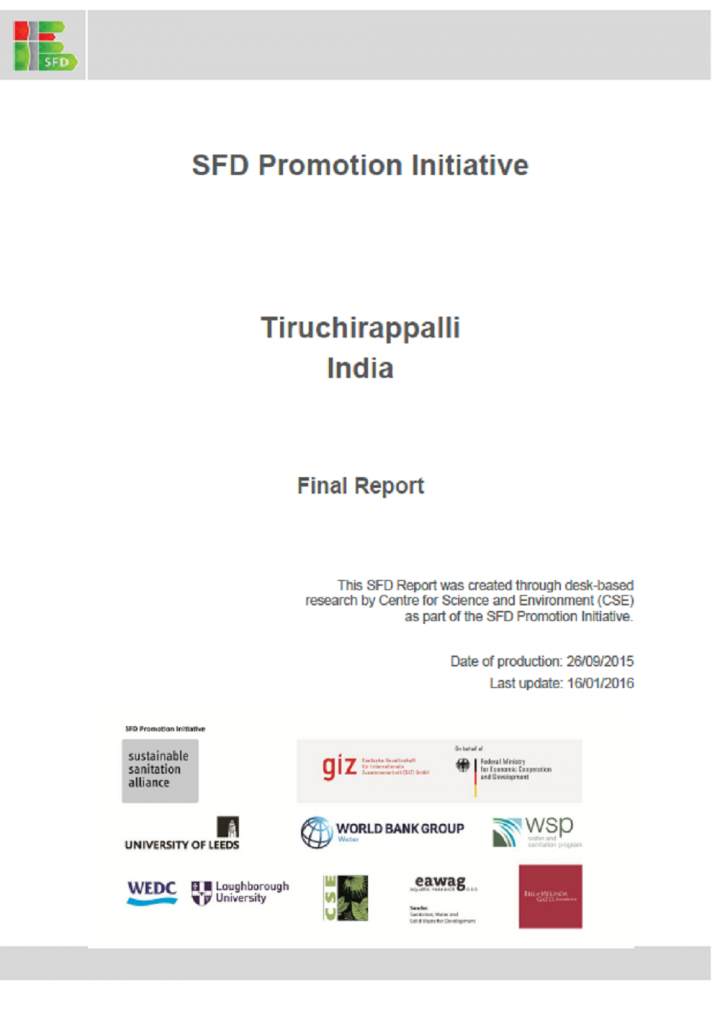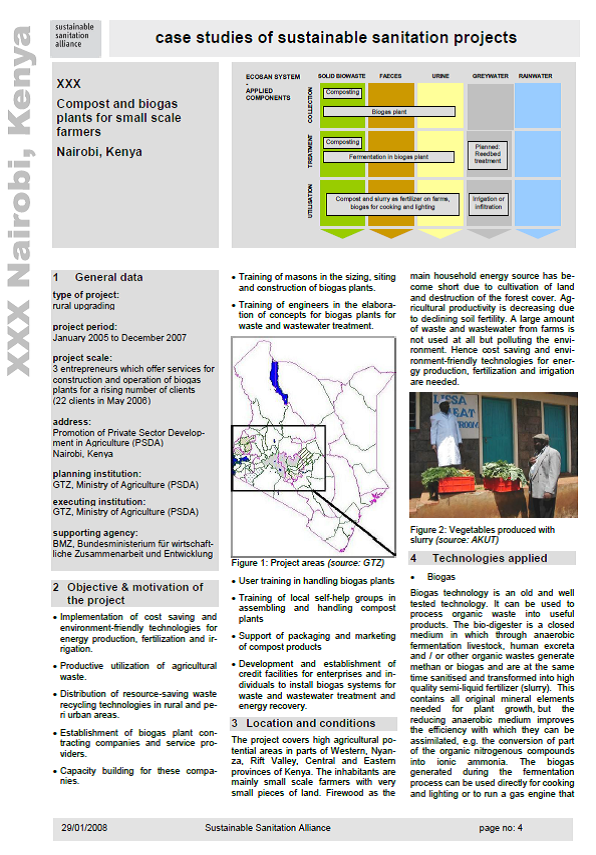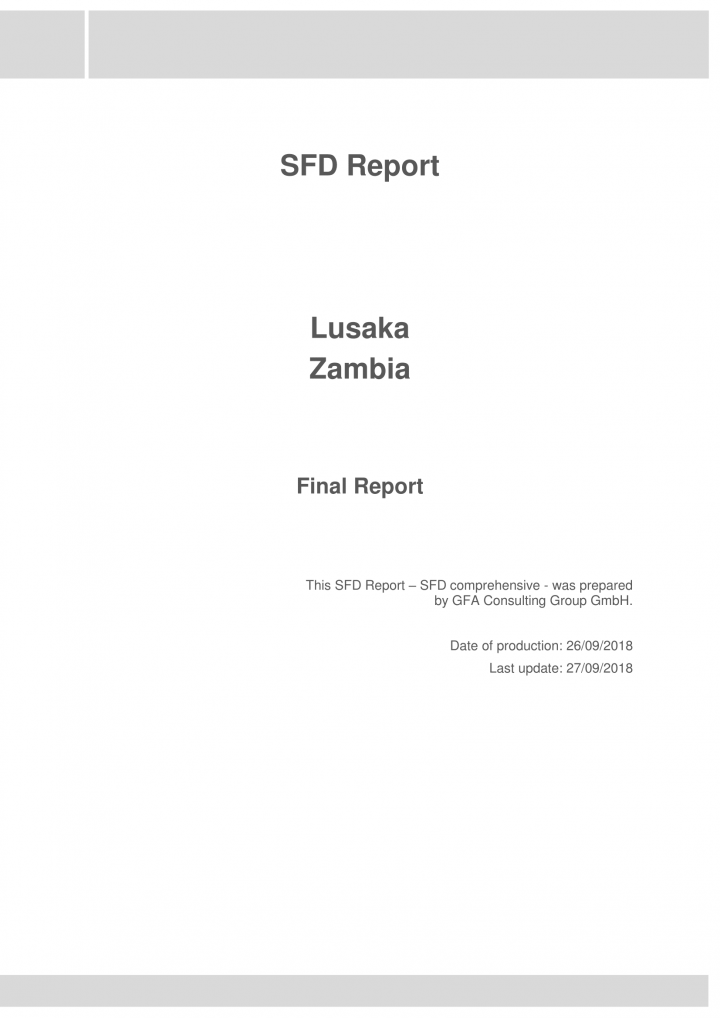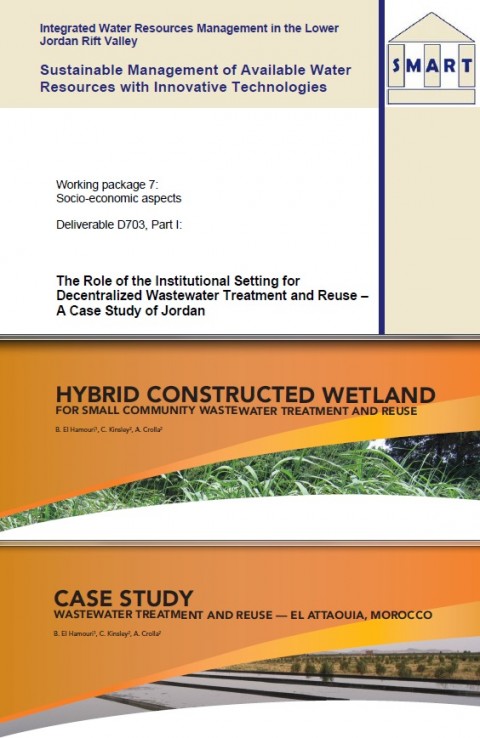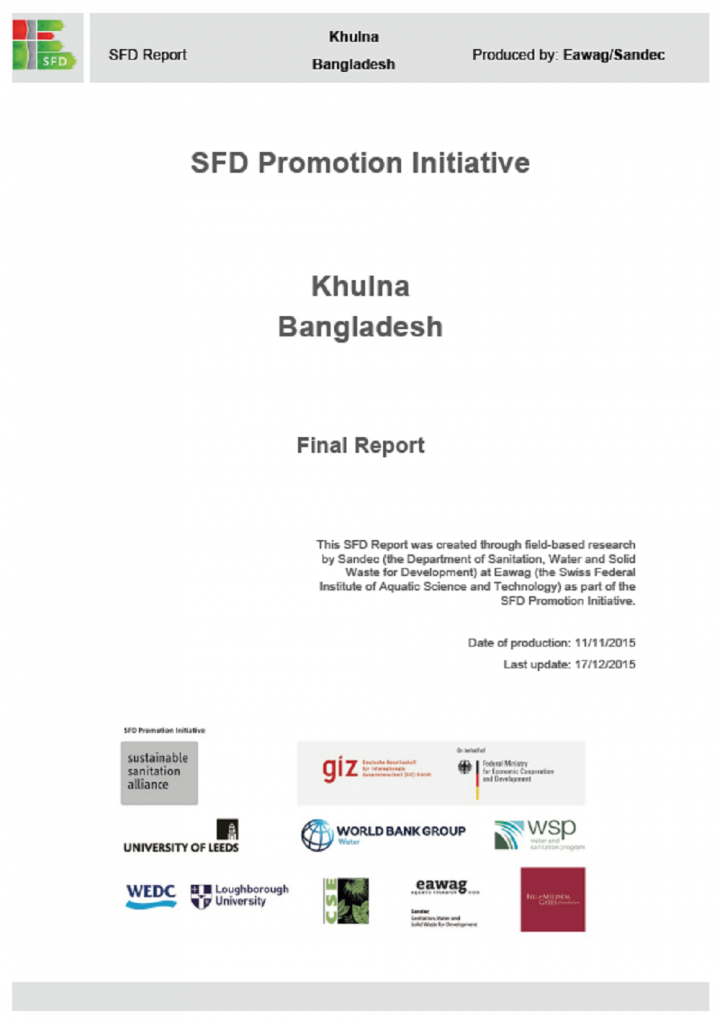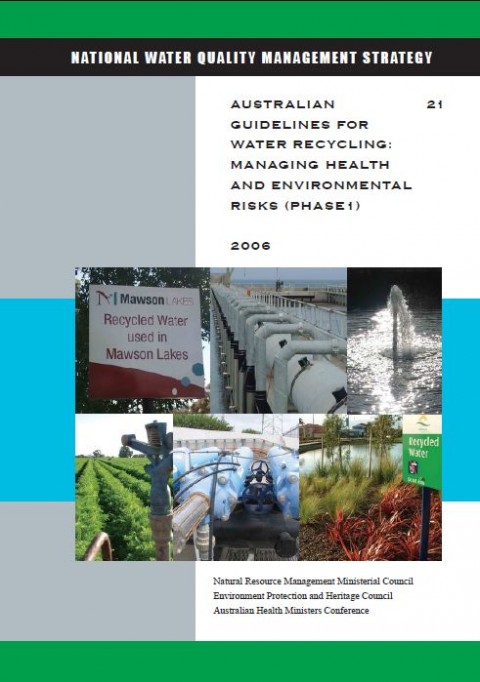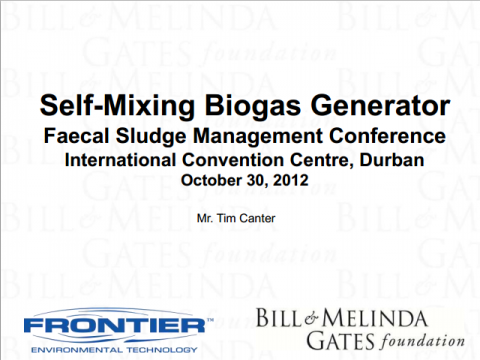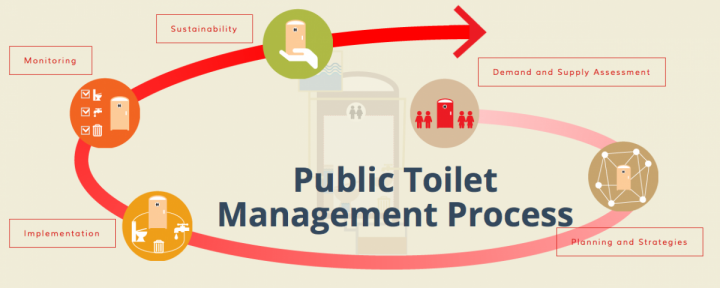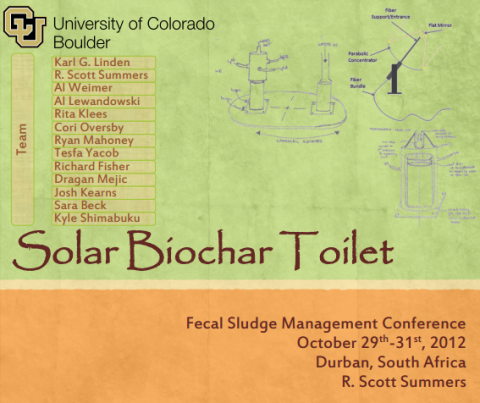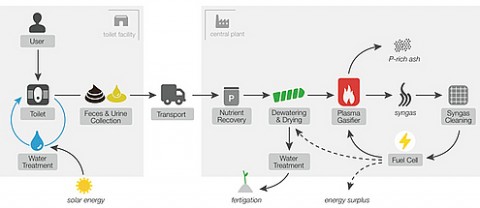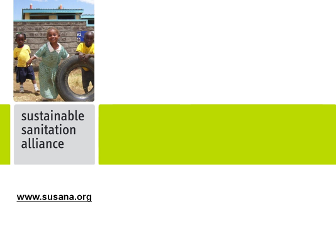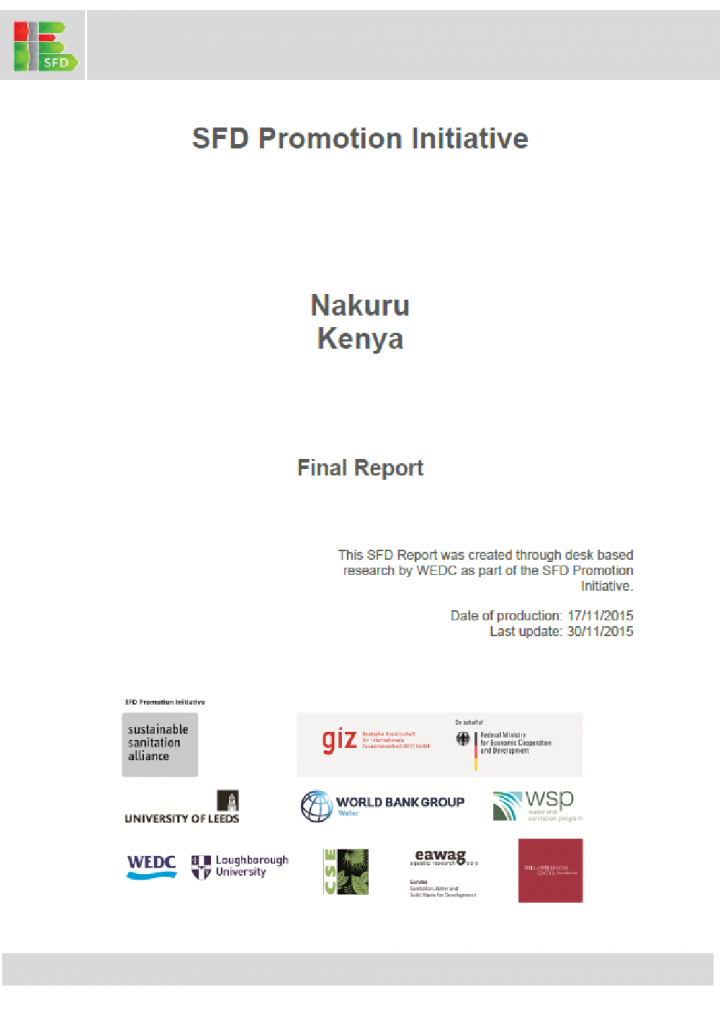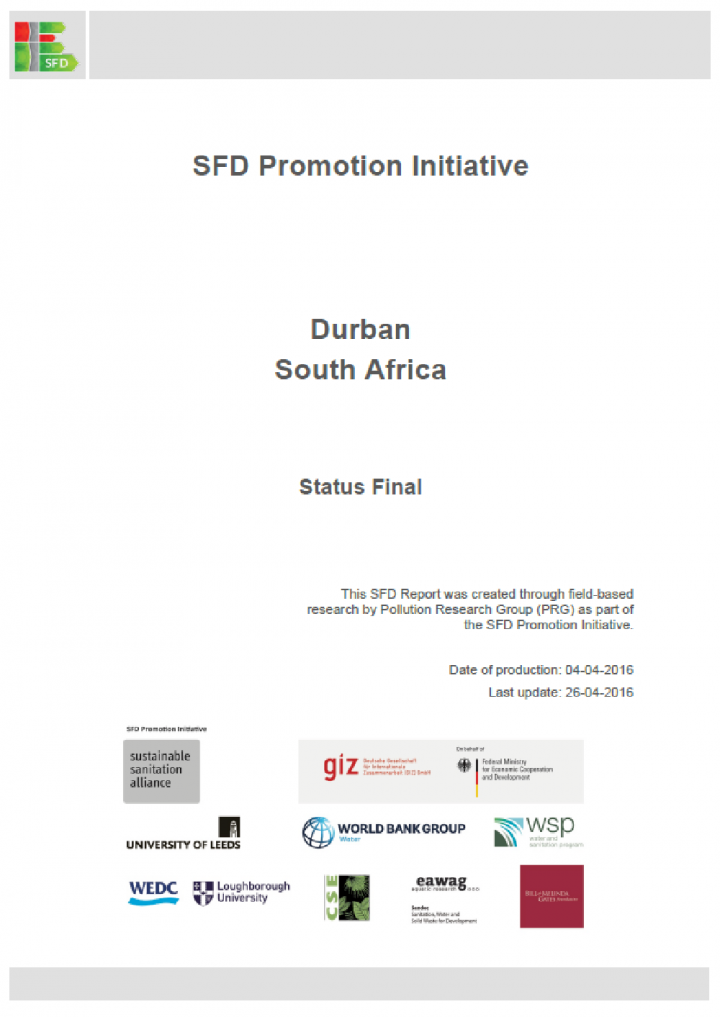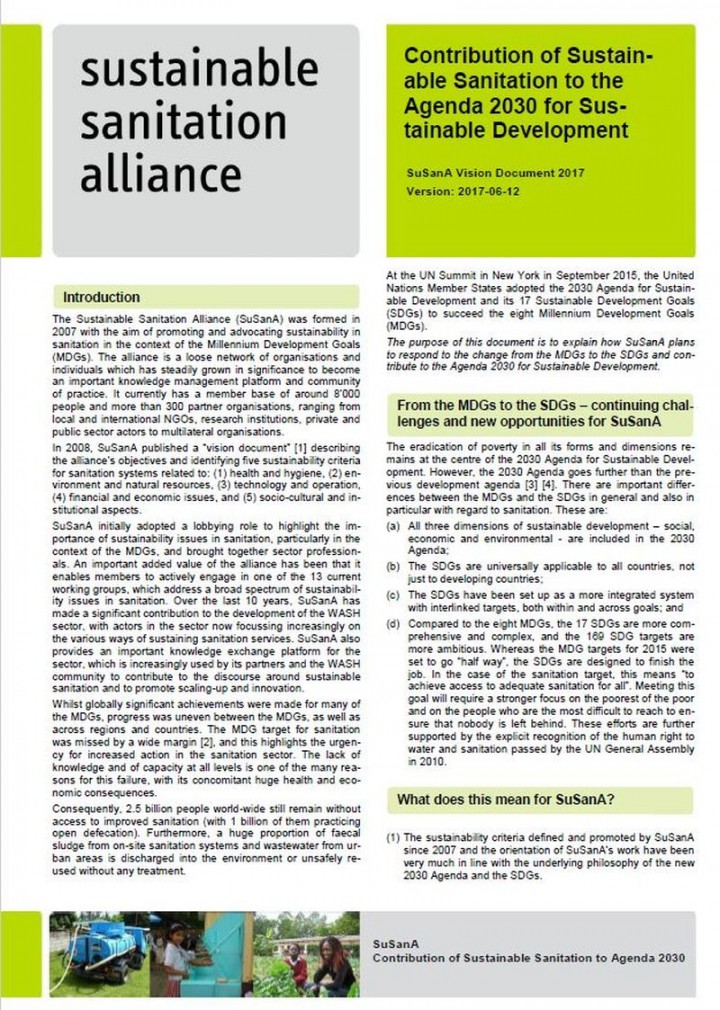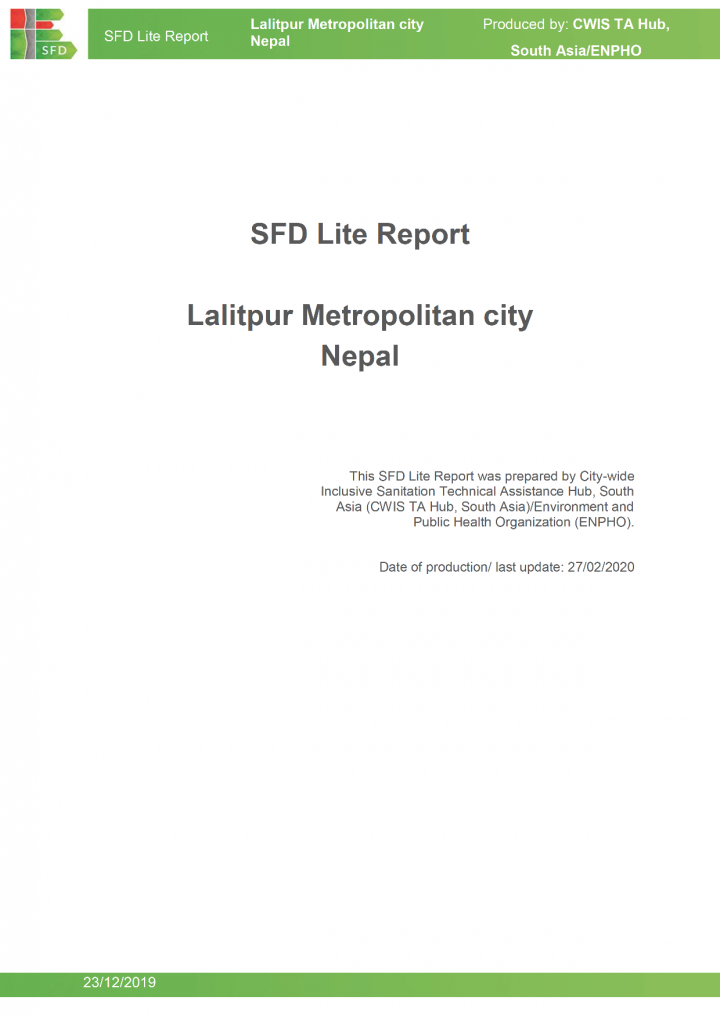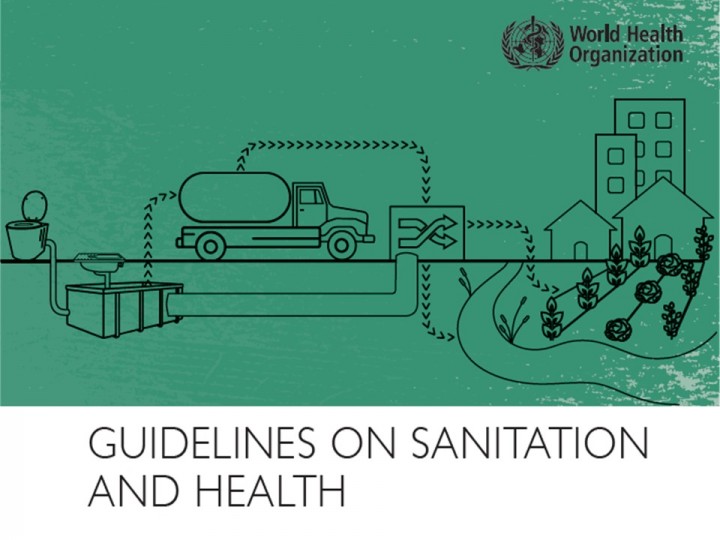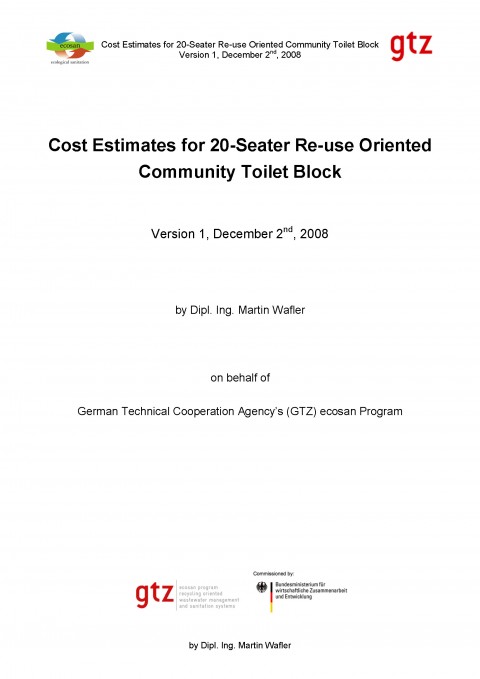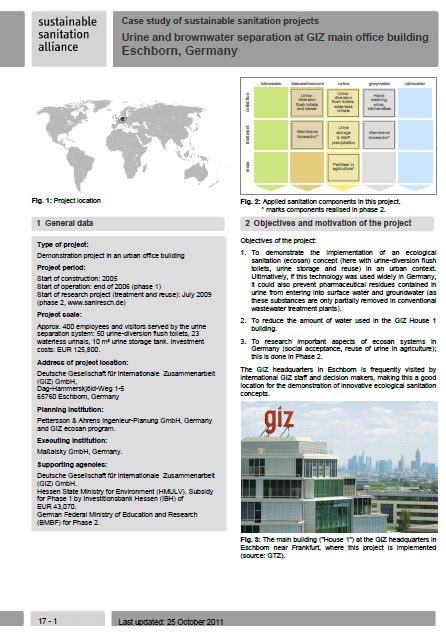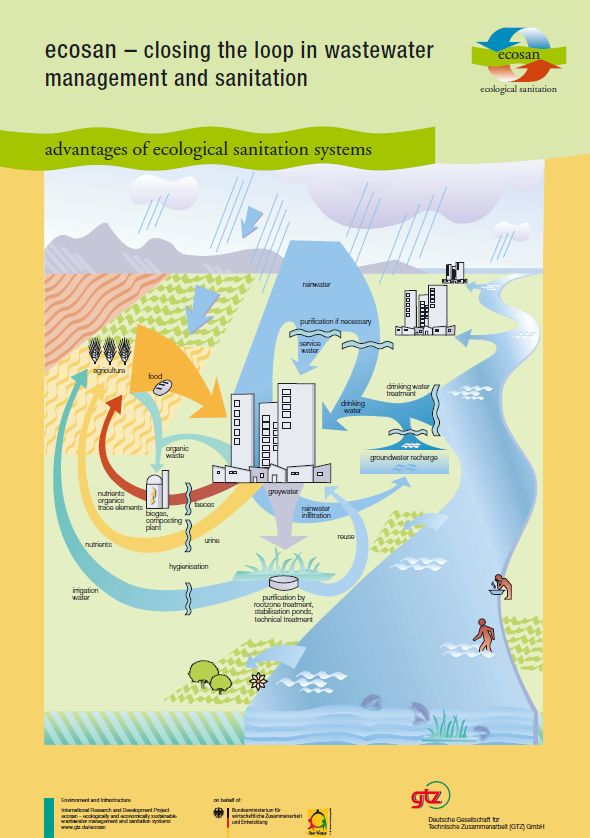Searching for information on Sanitation Workers?
The Sanitation Workers Knowledge + Learning Hub is the best source for all current news, trends, articles and updates on sanitation workers rights around the world.
This library entry contains background documents and results for a grant that Sherina Munyana is leading and which is funded by the WSH Program of the Bill and Melinda Gates Foundation under the grant category "Other".
Further information and a discussion is available on the SuSanA discussion Forum, see link below.
Short description of the project:
With funding from the Bill & Melinda …
Tiruchirappalli, also known as Trichy, is one of the largest cities in Tamil Nadu and is known as an important trade, education and pilgrimage centre. The population of city as per the 2011 Census is 916,857. There is sewerage network which covers 59% of the population. Rest of the city is majorly dependent on septic tanks which are generally not adhering to design prescribed by Bureau of Indian …
Lusaka is the capital city of Zambia. Situated in the central part of Zambia on the Central African Plateau it is one of the fastest-developing cities in Southern Africa. Lusaka is both the political and economic centre of Zambia. Lusaka District is located within Lusaka Province, the smallest but most densely populated of the eleven Zambian provinces (CSO, 2014). According to projections by the …
Khulna is located in the south-western part of Bangladesh, with a population of 1.5 million and a total area of 46 km2. Its National policy and strategy documents encourage both NGOs and the private sector to actively engage in providing sanitation services. However, the SFD assessment has shown that 100% of the excreta in Khulna is not contained and therefore unsafely managed.
The Shit Flow …
The sanitation situation in most of Kampala can be summarized as follows:
About 90% of it’s population relies on on-site sanitation facilities (pit latrines and septic tanks) whereas 50% of households share one sanitation facility, leading to unhygienic conditions.
More than 50% of pit-latrines are un-lined and filled with solid waste and only 20 – 25% of the toilets have ever been emptied …
The “Support to the National Urban Sanitation Policy II (SNUSP II)” Programme implemented by GIZ supported the Indian Ministry in achieving the targets of the National Urban Sanitation Policy during 2014-2017. We have integrated the Public Toilet Management (PTM) Process including the most important focal areas for each process step and tools in the SuSanA website for our Community of …
This standard set of powerpoint slides about SuSanA has been developed by the SuSanA secretariat to provide a more detailed overview of SuSanA. It will also help people who are giving presentations about SuSanA to have the latest information on hand and to have a common starting point. It is updated from time to time.
The slides about the SuSanA Discussion Forum are now in a separate library …
Nakuru is the fourth largest town in Kenya, lying within the Rift Valley and covering an area of 290 km2. Less than 30% of the population is served by the sewerage network, while the majority of the population use onsite sanitation services, predominantly in the form of basic or traditional pit latrines. Formal emptying services for fecal sludge has limited coverage, with the fecal sludge removed …
The Sustainable Sanitation Alliance (SuSanA) was formed in 2007 with the aim of promoting and lobbying for sustainability in sanitation in the context of the Millennium Development Goals. Over the last 10 years SuSanA has made a significant contribution to sector development, with sector actors now focussing increasingly on the sustainability of sanitation services in a variety of ways. …
Lalitpur Metropolitan city which literary means ‘the city of fine arts’ is located in Lalitpur district of Province no.3 of Nepal. The city consist of 29 wards with the total population of 284,922 people residing in 70,256 households. The main sources of drinking water in the city are taps (municipal water supply), tap water (bore water) and wells. Majority of the population of Lalitpur …
Safe sanitation is essential for health, from preventing infection to improving and maintaining mental and social well-being. The lack of safe sanitation contributes to diarrhoea, a major public health concern and a leading cause of disease and death among children under five years in low- and middle- income countries; poor sanitation also contributes to several neglected tropical diseases, as …


